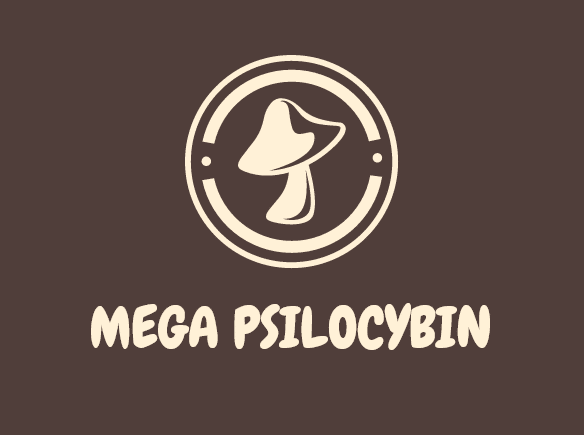Lophophora Decipiens Peyote
$165.00 – $700.00
LOPHOPHORA DECIPIENS (PEYOTE): LARGER PLANTS SOONER
Lophophora Decipiens Peyote, It is always good news when a new breed is added to the psychedelic cactus family. Unique nuances are always welcome in the netherworld of mescaline. Lophophora decipiens is now being considered a seperate species of peyote cactus and not a variety of williamsii.
Originating in Torreon and El Ampero in the Mexican state of Coahuila the Lophophora decipiens is difficult to find in it’s native territories. Growing this species at home has a two-fold reward. It helps preserve a threatened species and provides endless insights for the keen psychonaut.
Overall this species is larger in every aspect to traditional peyote. The cactus bodies themselves are larger and grow faster. The white, pink or magenta flowers are also a larger flower with more robust petals. They can be easily grafted onto more virile growing species like Trichocerus for speedier growth.
Seeds germinate easily and produce many offsets that erupt with sensational seasonal flowers. One in one thousand will be pieballed with pale green and sport white flowers with a delicate pink stripe down each petal. Cross pollination is necessary with another decipiens if sterile seeds are to be avoided.
LOPHOPHORA DECIPIENS: A NEW DISTINCT MEMBER TO THE PEYOTE FAMILY
Lophophora williamsii is a plant species of the genus Lophophora, which is part of the cactus family. More commonly referred to as “peyote,” this famous cactus contains the entheogen mescaline and is consumed by shaman and modern psychonauts alike to achieve a similar effect to LSD or psilocybin. But this text is about Lophophora decipiens. Until recently, Lophophora decipiens was considered a subspecies of Lophophora williamsii. Now, experts have classified it as its own peyote species; so, the family has a new, independent member. Originating from Torréon and El Amparo in the Mexican state of Coahuila, Lophophora decipiens is very hard to find in its native territories.
But what makes this species so exciting and special? Why wasn’t it classified as its own peyote species in the first place? What differentiates Lophophora decipiens from Lophophora williamsii? Relax! We will try to reveal all the answers in this blog.
WHAT ARE LOPHOPHORA?
The whole classification of the Lophophora genus is a bit of a mess. That’s why it took so long to classify Lophophora decipiens correctly. Originally, the genus name was used by Leon Croizat to describe plants that displayed well-defined tubercles, but no sharply defined ribs.
Sometimes, the tubercles of these plants are squarish or trapezoidal and defined by deep furrows. The problem here is that this identification applies to several of the recognised species. This classification and naming problem is a really good example of how the variability of the Lophophora genus was assessed falsely. It is a failed attempt to assign this name to a plant which expresses a variant morphology.
In general, the characteristics of the Lophophora genus are plants that grow low, almost geophysically, and form groups of numerous, dense sprouts. These sprouts are of a blue-green, yellowish-green, or sometimes reddish-green colour and are mostly flattened spherical with a recessed sprout top. They reach heights of 2-7cm and have a diameter of 4-12cm. Their often distinct, vertical ribs consist of small and rounded or hunch-like tubercles.
On the top of these tubercles sit areoles. Within them, a fascicle of soft, yellowish, or whitish woolly hair emanates. Between the areoles appear flowers that have a white to pinkish or yellowish-white colour, sometimes even reddish. They open during the day and have a height of 1-2.4cm and a diameter of 1-2.2cm.
THE DIFFERENCES BETWEEN LOPHOPHORA DECIPIENS AND “REGULAR” LOPHOPHORA WILLIAMSII
So, what exactly makes this distinction a big deal? Psychonauts all over the world that grow their own cacti at home could benefit from the slightly different characteristics of decipiens compared to the classic Lophophora williamsii.
In short, you get larger plants sooner. Lophophora decipiens features larger bulbs that are quick to offset. You basically get two rewards if you grow this cactus at home. By doing so, you help to preserve a threatened species and the plant itself provides near-endless insights for the curious psychonaut. The Lophophora decipiens is bigger in every aspect than the traditional peyote cactus. That means the actual body of the cactus is larger and grows faster. The flowers have a white, pink, or magenta colour and are also bigger, with more robust petals. You can easily graft them onto more virile plants like Trichocereus. This way, they grow even faster.
The seeds germinate without any problems and produce many offsets. These offsets erupt with striking seasonal flowers. If you are lucky, you get the one in a thousand that will be pale green and boast white flowers with a delicate pink stripe down each petal. If you want to avoid sterile seeds, you have to cross-pollinate with another Lophophora decipiens.
You saw how Lophophora decipiens has many benefits compared to the traditional peyote cactus. If you want to see for yourself what all the fuss is about, you should definitely head over to our webshop. You will not be disappointed!
| Quantity | 5units, 10units, 15units, 25units |
|---|
Be the first to review “Lophophora Decipiens Peyote” Cancel reply
Related products
Peyote Cactus
Peyote Cactus
Peyote Cactus
Peyote Cactus








Reviews
There are no reviews yet.